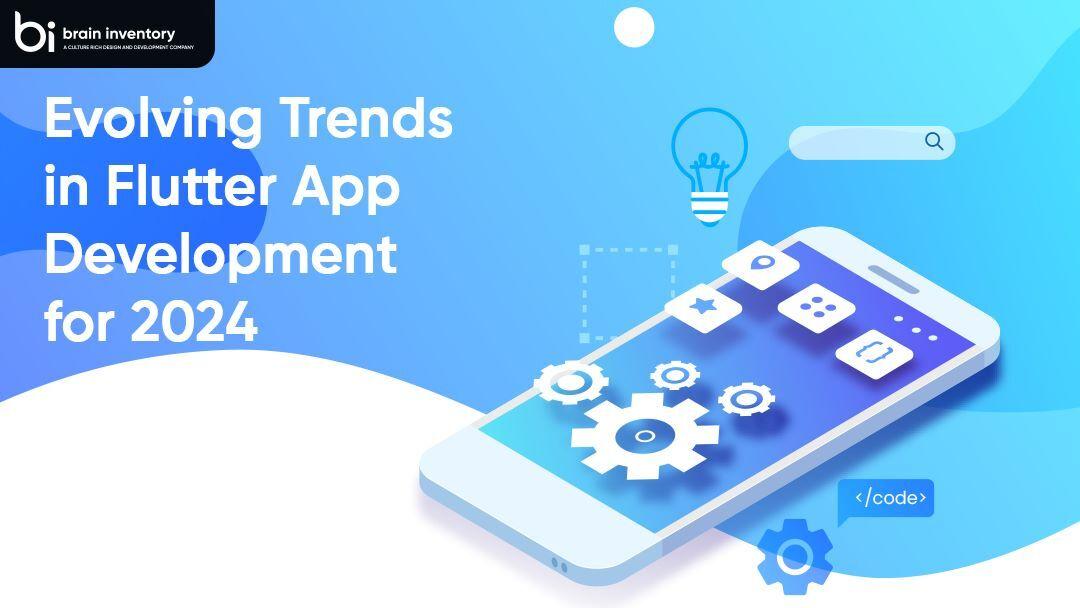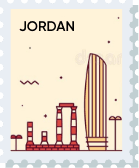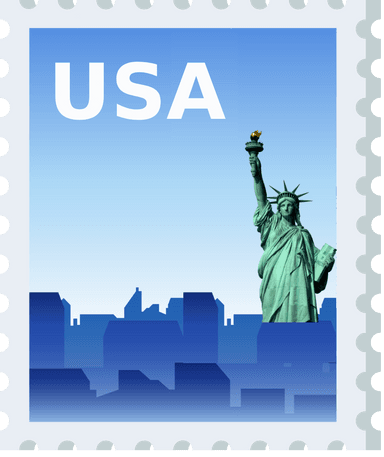Evolving Trends in Flutter App Development for 2024

Quick Summary: The Flutter app development ecosystem is evolving in waves, constantly amassing new applications through its community of developers and new technologies. As we step into 2024, the landscape of Flutter app development is witnessing a dynamic evolution, marked by innovative trends and advancements. Flutter, the open-source UI software development toolkit by Google, has gained substantial traction for its ability to create natively compiled applications for mobile, web, and desktop from a single codebase. This comprehensive exploration delves into the key trends shaping the Flutter ecosystem in 2024.
Key Trends in Flutter App Development
Enhanced Performance Optimization:
Flutter, Google’s open-source mobile SDK for building high-performance cross-platform applications, was launched in 2015. The framework, which is based on Dart and React Native, supports two main development goals: Performance Build smooth apps with a high frame rate by separating UI rendering from the main thread. Developer Productivity Use hot reload and a reactive framework to create native apps for Android and iOS with less code. Flutter’s mission is to help developers build high-performance mobile apps with a fast development cycle. Code can be shared across Android, iOS, and web apps, and Flutter relies on the tried-and-tested Dart programming language.
Web and Desktop Development Maturation:
Flutter has proven to be a versatile framework that can be applied across multiple platforms beyond mobile applications. While the mobile platform is still being heavily utilized by the Flutter team, new advancements are being made in web and desktop development. As the Flutter framework matures in these domains, smooth transitions between platforms become more achievable, allowing for a consistent and efficient user interface.
Deeper Integration with Backend Technologies:
As a cross-platform development framework, Flutter allows developers to code new apps using a single codebase and share them across multiple platforms. This eliminates the need for developers to code new native apps for particular platforms. Flutter apps are built using Dart, a JavaScript-inspired programming language created by Google, that supports functional as well as object-oriented programming. The framework allows seamless integration with different backend solutions using HTTP requests or push notifications to construct powerful native apps.
Accessibility as a Core Focus:
Accessibility plays a key role in mobile app development. And with Google planning to bring Flutter more into the spotlight, the company has announced that it’s intensifying its commitment to accessibility. It says it will be introducing new tools and resources aimed at ensuring all of its Flutter applications are accessible to users with varying needs.
Innovations in State Management:
State Management in Flutter applications is a key component to the overall success of an application. Applications today require state management which can be handled by several different frameworks. Flutter has become successful because of its flexibility to choose what framework fits your needs. Understanding how to use these frameworks in combination with Dart will allow developers to choose the most efficient way to manage their application’s individual states independently of each other.
Expansion of the Package Ecosystem:
Flutter is Google’s multi-platform mobile app SDK. It enables developers to craft high-quality native interfaces using the same codebase across mobile platforms. Flutter’s vibrant package ecosystem continues to expand, offering developers a rich repository of pre-built solutions. This ecosystem, comprising UI components, plugins, and libraries, serves as a valuable resource for expediting development. In 2024, developers can anticipate an even broader range of packages, further enhancing the efficiency and functionality of their Flutter applications.
Cross-Platform UI/UX Consistency:
One of Flutter’s key strengths is its ability to maintain consistent UI/UX across various platforms. In 2024, this capability is being refined further, ensuring that Flutter developers can deliver seamless and visually cohesive experiences for users, regardless of the device they are using.
Advanced Testing and Debugging Tools:
Quality assurance (QA) is one of the most important steps in the app development process, and it can be difficult to get right. Flutter, a platform that enables mobile app developers to build apps for both iOS and Android using a single programming language (Dart), has been expanding its testing and debugging capabilities. The latest Flutter beta version offers new tools that work hand-in-hand with its existing debugging framework, making it easier for developers to spot code and runtime errors before publishing their apps onto the Play Store or Apple App Store.
Conclusion
Flutter as a cross-platform mobile app development framework, keeps evolving and building upon its existing feature sets. As Flutter enters the year 2024, the framework continues to demonstrate its commitment to ongoing performance optimizations, enhanced accessibility features, and growth of the third-party plugin ecosystem. The emerging trends underscore Flutter’s position as a leading choice for developers seeking to build cross-platform applications with ease and flexibility. With various performance improvements and enhanced accessibility features, the future of Flutter app development holds exciting possibilities, setting the stage for a year of unprecedented innovation and progress in mobile app technology.
Here at Brain Inventory, we are a group of experienced and dedicated flutter app developers who love to work on challenging projects to deliver the best experience to our clients. Our team is always on the lookout for new technologies, methodologies, and tools that can help us develop mobile apps that perfectly meet client requirements for customization, add-ons, integration, etc.. We support businesses with their marketing and communications needs.

Have an idea?
Get in touch, we’d be
happy to hear from you
We are always looking out for new collaborations, whether you are a client who is passionate about a project or a talent who is interested in joining our team, our doors are always open.
locate us

India (HQ)
618, Shekhar Central, Palasia Square, A.B Road, Indore, Madhya Pradesh, 452001
+918109561401

United Kingdom
Brain Inventory, SBVS, 8 Roundhay Road, Leeds, UK, LS7 1AB
+18008209286

Canada
44 Main Street East Milton, ONCanada L9T 1N3
+4166696505

Jordan
185 Wasfi Al-Tal Street, Ammon Oasis Complex P.O Box 4724 Amman 11953 Jordan
+960770781000

USA
720 Seneca St Ste 107 Seattle, USA 98101
+1(206)6533419
if it's digital,we'll make it.
- Numetric - Online Accounting Software similar to QuickBooks
- Bloomia - Kegel exercise
- Virifi - Blockchain Powered Document Certification & Signing Platform
- Revolution Travel CRM - Custom CRM Built for Travel Agents
- Fatoura - Online Invoicing Platform
- My Fit Mantra - Your health partner
- Ocureel - Relation Building and video sharing Application